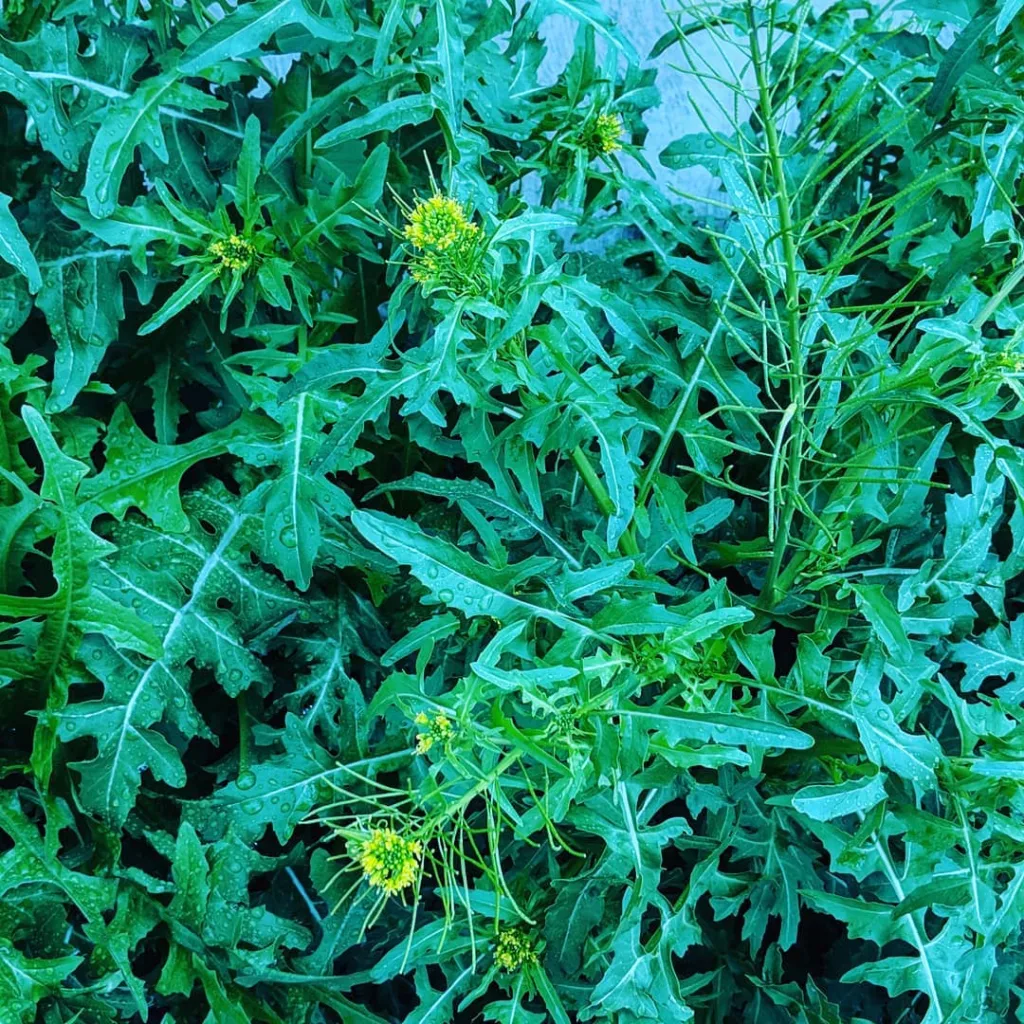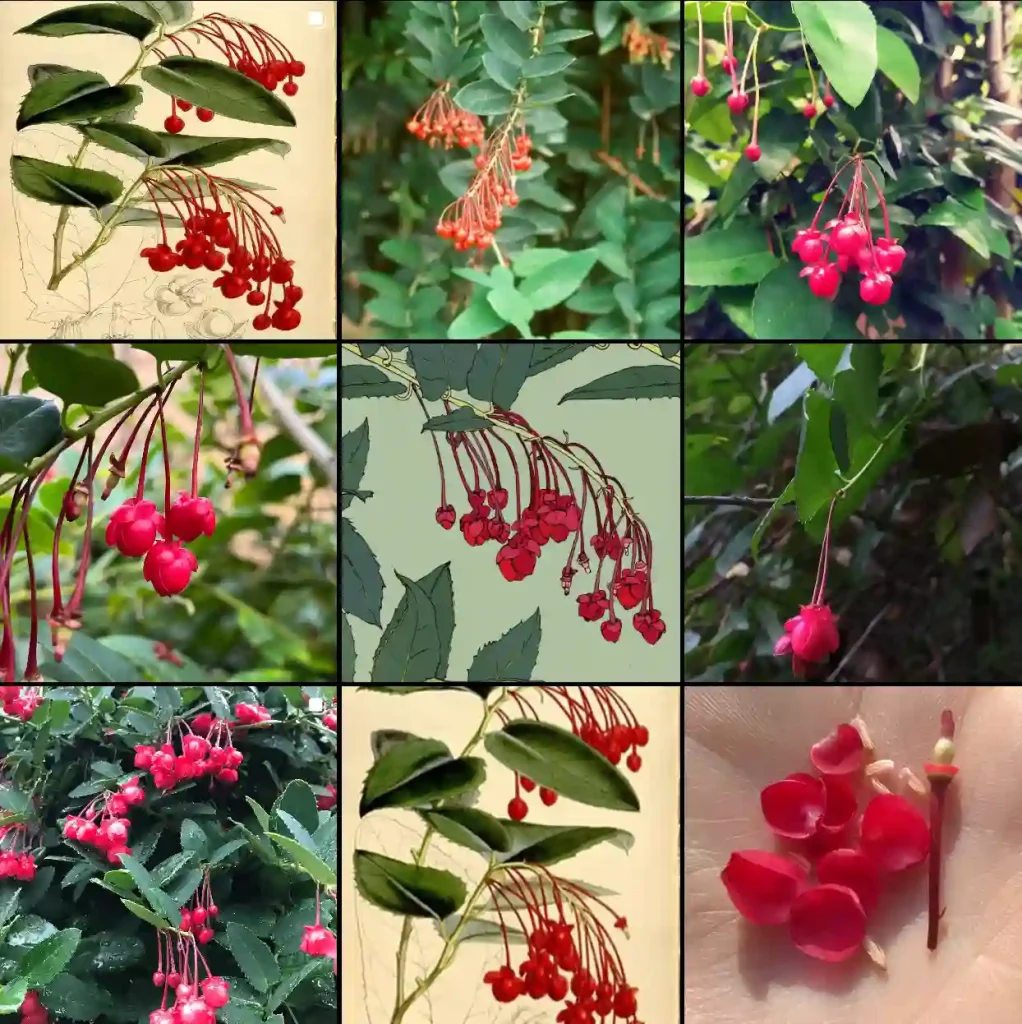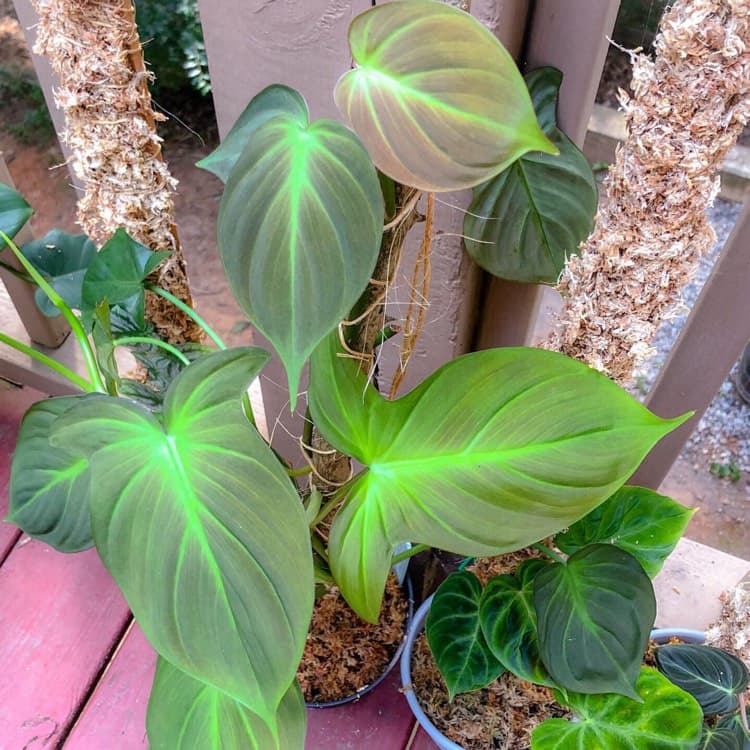
FAQs About Ceratonia Siliqua
Ceratonia Siliqua, commonly known as the carob tree, has piqued my interest for its unique properties and benefits. In this article, I’ll address some frequently asked questions about this fascinating plant, sharing my experiences and insights along the way.
What Is Ceratonia Siliqua?
Ceratonia Siliqua is a species of flowering evergreen tree belong to the Fabaceae family, native to the Mediterranean region. Known for its long, flat pods, the carob tree produces seeds that can be ground into a sweet powder, often used as a chocolate substitute. The pods themselves have a rich history, used in various culinary traditions, especially in Middle Eastern and Mediterranean cuisines.
How to Care for Ceratonia Siliqua?
Caring for Ceratonia Siliqua is relatively straightforward. Here are some essential tips based on my experience:
- Light: This tree thrives in full sun. If you’re planting it outdoors, ensure it gets at least six hours of sunlight each day. I’ve noticed that carob trees grown in sunny spots tend to produce more pods.
- Soil: Well-drained soil is crucial. Ceratonia Siliqua tolerates poor soil conditions, but it does best in sandy or loamy soil. When I planted mine, I mixed some compost with sand to improve drainage.
- Watering: The carob tree is drought-tolerant once established. However, young trees need regular watering. I usually water mine deeply every couple of weeks, allowing the soil to dry out between sessions.
- Fertilizing: I recommend using a balanced fertilizer in spring. My tree responded well to a slow-release fertilizer, helping it grow vigorously.
How to Propagate Ceratonia Siliqua?
Propagating Ceratonia Siliqua can be done through seeds or cuttings. Here’s what I’ve learned:
- Seeds: First, soak the seeds in water for 24 hours to soften the hard coating. Then, plant them in a well-draining soil mix. I usually keep the soil slightly moist until germination, which typically takes a few weeks.
- Cuttings: For cuttings, choose healthy branches and place them in a pot with moist soil. I’ve had success by using a rooting hormone to encourage growth. Keep the cuttings in a warm, humid environment until roots develop.
What to Plant With Ceratonia Siliqua?
When choosing companion plants, consider those that thrive in similar conditions. I’ve paired my carob tree with Mediterranean herbs like rosemary and thyme. They complement each other well and thrive in the same sunny, well-drained environment.
Is Ceratonia Siliqua Toxic?
No, Ceratonia Siliqua is not toxic. In fact, the pods are safe for consumption and are often used in health foods. I enjoy making smoothies with carob powder, as it’s rich in fiber and has various health benefits.
Benefits of Ceratonia Siliqua
Ceratonia Siliqua offers several advantages, both ecological and culinary:
- Nutritional Value: The pods are high in fiber and contain antioxidants. I often incorporate carob powder into my baking, which gives my treats a healthier twist.
- Soil Improvement: As a legume, the carob tree helps improve soil quality by fixing nitrogen. I’ve noticed that planting it can enhance the growth of nearby plants.
- Wildlife Support: The tree attracts various birds and insects, making it a great addition to any garden. I enjoy watching the diverse wildlife that my carob tree brings to my yard.
Common Problems with Ceratonia Siliqua
While generally low-maintenance, Ceratonia Siliqua can face some challenges:
- Pests: Aphids and scale can occasionally infest the tree. I’ve found that treating the affected areas with neem oil helps control these pests effectively.
- Root Rot: Overwatering can lead to root rot, especially in poorly drained soil. I always ensure my tree is planted in well-draining soil to prevent this issue.
How Does Ceratonia Siliqua Compare to Other Similar Trees?
Many people confuse Ceratonia Siliqua with other leguminous trees like Albizia julibrissin (silk tree) or Acacia species. While these trees share some characteristics, their uses and growth habits differ significantly.
- Albizia julibrissin: Known for its beautiful flowers, it doesn’t produce edible pods. In contrast, Ceratonia Siliqua is valued for its nutritious pods.
- Acacia: While some Acacia species produce edible seeds, they do not have the same culinary applications as carob.
Conclusion
Ceratonia Siliqua is a remarkable tree that offers a wealth of benefits, from its culinary uses to its ecological contributions. With proper care and attention, it can thrive in your garden, providing enjoyment for years to come. Whether you’re looking to add an interesting plant to your collection or seeking a new culinary ingredient, the carob tree is a fantastic choice.
If i die, water my plants!



